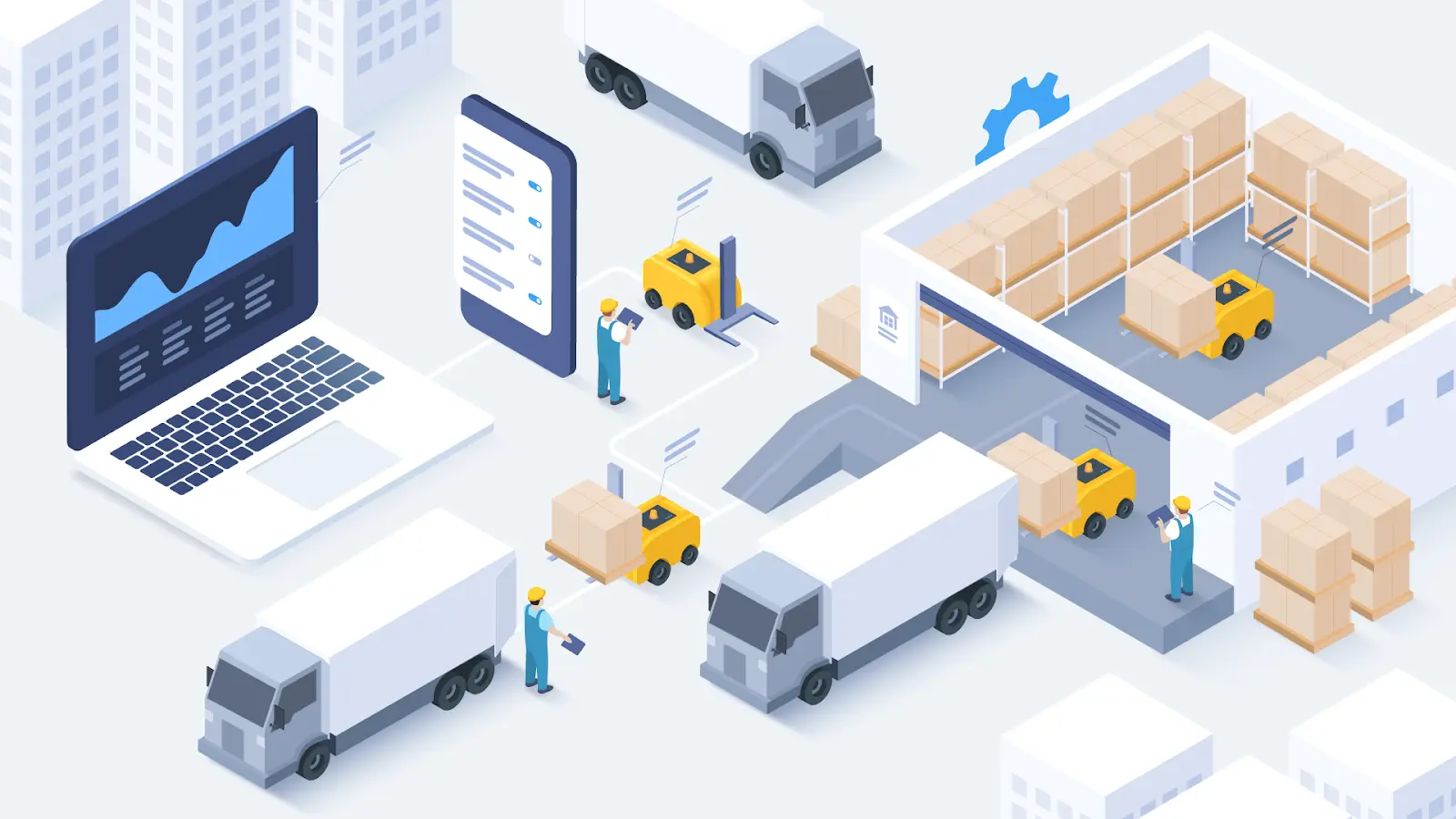Connective eCommerce: What It Is and Why You Need It
Do you want to start or grow your online business without spending a fortune on things like inventory, website development, and marketing? If so, you might want to consider Connective eCommerce, a low-risk strategy that relies on existing marketplaces and technology to accelerate your online business. In this article, we will explain what Connective eCommerce is, how it works, and how you can use it to create a successful online store.
What is Connective eCommerce?
Connective eCommerce is a strategy that allows you to leverage the power of existing platforms and tools to launch and scale your online business without requiring unnecessary upfront investment. Here are some of the benefits of Connective eCommerce:
- Saving time and money: Connective eCommerce removes the necessity of hiring a web developer, purchasing and storing inventory, and investing in advertisements. Instead, you can utilize affordable or free eCommerce website builders, rely on dropshipping suppliers, and leverage social media for your online store. This allows you to allocate resources to your core strengths, such as product quality and customer service.
- Lowering risk: Connective eCommerce makes it easier to start an online business by reducing entry barriers and financial risks. With this, you don’t need a big upfront investment, and you only pay for the products you actually sell. Inventory costs, storage space, and shipping logistics are not your concerns. This allows you to test your product idea and market demand without taking on significant risks.
- Enhancing customer satisfaction: Connective eCommerce improves the shopping experience by providing a smooth and personalized journey. By using data and analytics, you can learn about your customers’ preferences and behavior. This helps in customizing your products, prices, and promotions. Additionally, you can use interactive features, content marketing, email marketing, and influencer marketing to keep customers engaged, build trust, and foster loyalty.
How Connective eCommerce Works
Connective eCommerce consists of three main components: website development, inventory management, and marketing. Here is how Connective eCommerce eliminates the need for each of these components:
– Website development: Instead of hiring a web developer or building your own website from scratch, you can use free or low-cost eCommerce website builders that allow you to create a professional-looking online store in minutes. These website builders offer templates, features, and integrations that make it easy for you to set up and manage your online store. Some examples of eCommerce website builders are Shopify, WooCommerce, Wix, and Squarespace.
– Inventory management: Instead of buying and storing inventory, you can use dropshipping, a method of order fulfillment where you sell products that are shipped directly from the supplier to the customer. This way, you don’t have to worry about inventory costs, storage space, or shipping logistics. You only pay for the products you sell, and you can offer a wide range of products without having to stock them. Some examples of dropshipping suppliers are AliExpress, Spocket, SaleHoo, and Oberlo.
– Marketing: Instead of paying for ads or hiring a marketing agency, you can use social media, content marketing, email marketing, and influencer marketing to promote your online store and drive traffic to it. These methods are free or low-cost, and they allow you to reach and engage your target audience, build trust and loyalty, and increase conversions and sales. Some examples of platforms and tools you can use for marketing are Facebook, Instagram, YouTube, TikTok, WordPress, Mailchimp, and BuzzSumo.
How to Start and Grow Your Online Business with Connective eCommerce
Now that you know what Connective eCommerce is and how it works, you might be wondering how to start and grow your online business with it. Here are the steps you need to follow:
1. Choose a niche and a product
The first step is to decide what you want to sell and who you want to sell it to. Selecting a lucrative niche involves identifying one with sufficient demand and limited competition. Additionally, opt for a dropshipping-friendly product characterized by high quality and a substantial profit margin. Utilize tools such as Google Trends, Amazon Best Sellers, and AliExpress Hot Products to explore potential niches and product options.
2. Choose a platform and a tool
The next step is to choose an eCommerce website builder and a dropshipping supplier that match your needs and preferences. You should assess and contrast the characteristics, costs, and feedback of various platforms and tools. Opt for those providing optimal value and performance. Ensure compatibility and integration between the platform and tool for seamless product import, inventory synchronization, and order processing.

3. Create and customize your online store
The third step is to create and customize your online store using the platform and the tool you chose. Select a template that aligns with your niche and product, and personalize it by incorporating your logo, colors, fonts, images, and content. Populate your online store with products, adjusting their titles, descriptions, prices, and images as needed. Employ tools such as Grammarly, Hemingway, and Canva to enhance your content and visuals.
4. Promote and market your online store
The fourth step is to promote and market your online store using the methods we mentioned earlier. To effectively promote your brand, generate compelling content for social media, blogs, email lists, and various platforms. Collaborate with influencers, bloggers, and online store owners in similar or complementary niches. Utilize tools such as Hootsuite, Buffer, and BuzzStream for efficient management and monitoring of your marketing campaigns.
5. Test, measure, and optimize your online store
The final step is to test, measure, and optimize your online store to improve its performance and profitability. You need to use tools like Google Analytics, Google Search Console, and Hotjar to track and analyze your traffic, conversions, sales, and other metrics. You also need to use tools like Google Optimize, Optimizely, and Crazy Egg to run experiments and make changes to your online store based on data and feedback.
Conclusion
Connective eCommerce is a low-risk strategy that allows you to start and grow your online business without spending a fortune on things like inventory, website development, and marketing. By using existing platforms and tools, you can save time and money, reduce risk, and increase customer satisfaction. Connective eCommerce is the future of online business, and you don’t want to miss out on it.
If you want to learn more about Connective eCommerce, or if you need help with creating and growing your online store, you can contact OnextDigital, a leading digital agency that offers web development, mobile app development, UX/UI design, and white label software services. We can help you create a stunning and successful online store with Connective eCommerce. Visit our website today and get a free consultation and quote.





